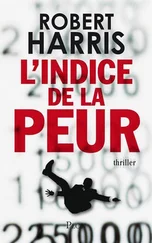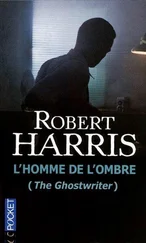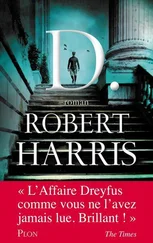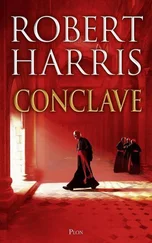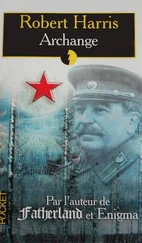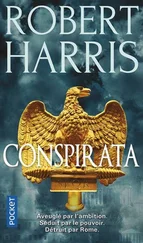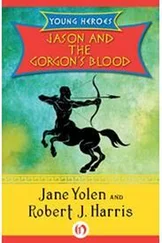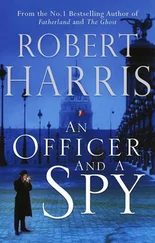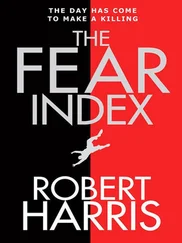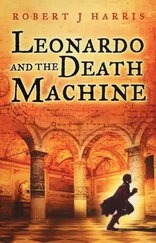Heidemann knew little about sailing. For help he turned to an acquaintance, a twenty-five-year-old seaman named Axel Thomsen who was studying for his captain’s qualifications at the naval school in Hamburg. ‘I went down to Bonn and saw the ship,’ recalled Thomsen. it was in a miserable condition. Of the three engines, only one diesel was working. She was also taking in water and had constantly to be emptied.’ She was too badly damaged to withstand the open sea, and late that summer the two men sailed her back to Hamburg along the inland waterways of northern Germany. She had to be put in dry dock for a year to be made watertight.
Heidemann soon had cause to regret his impulsive investment. He had hopelessly underestimated the amount of work which Carin II’s restoration would involve. By 1974 he was in a financial trap: he could hope to sell the boat only if he completed the repairs; he could pay for the repairs only by selling the boat. Meanwhile, interest rates on the money he had already borrowed and the cost of keeping the yacht in dock bit deep into his salary. ‘He permanently seemed short of money,’ said Thomsen ten years later. ‘He was always trying to pump loans out of other people. He was worried that things were going to be taken off him because he hadn’t paid his debts.’ In desperation, Heidemann even asked Thomsen to lend him 15,000 marks. Word went round the Hamburg shipyards that the naive and over-confident new owner of ‘Fat Hermann’s boat’ was financially shaky. Neither for the first time in his life nor the last, Heidemann was in danger of making a fool of himself.
Gerd Heidemann was born on 4 December 1931 in the Altona district of Hamburg, the illegitimate son of Martha Eiternick. When his mother married a former sailor turned policeman called Rolf Heidemann, Gerd took his stepfather’s surname. His parents were apolitical. Gerd, like most boys his age, was a member of the Hitler Youth. When, at the end of the war, the Allies produced evidence of the scale of the Nazis’ atrocities, he went through the same sequence of emotions as millions of his fellow countrymen: disbelief, anger, guilt and a desire to reject the past.
A quiet and unassuming adolescent, Heidemann left school at the age of seventeen to become an apprentice electrician. The passion of his life was photography and eventually he found work as an assistant in a photographic laboratory. He went on to become a freelance photographer for the German newsagency DPA, for Keystone and for various Hamburg newspapers. In 1951 he won his first commission from Stern . On 1 September 1955 he became a permanent member of the magazine’s staff.
Twenty-eight years later, when his bewildered and humiliated employers were pressed into holding an internal inquiry into his activities at Stern , they found there was almost nothing to say about his early days on the magazine. ‘His colleagues do not have any particular memories of him, except that he used to enjoy playing chess,’ reported the inquiry. His shyness effaced him to the point of anonymity.
Stern had been founded in 1948 by a charismatic journalist and businessman named Henri Nannen. The magazine prospered on a diet of scandal, consumerism, crime and human interest, skilfully designed to appeal to a war-weary population. The picture stories Heidemann worked on give an idea of the quality of the magazine at that time. One was ‘Germany’s Starlets’; another, ‘Hospitals of Germany’. He investigated organized crime in Sardinia and smuggling on the border between Holland and West Germany. On one occasion he was dispatched to Goettingen to locate the son whom Chou En Lai was rumoured to have fathered during the 1920s when he was studying in Germany. Heidemann found a woman who had once had an affair with a Chinese student called Chou; their son was killed in the war. Unfortunately, as Heidemann reported to Nannen, her lover turned out to be Chou Ling Gui – a different Chou entirely. Nannen’s reply, according to Heidemann, was ‘Chou is Chou’ and the story appeared beneath the dramatic headline, ‘Chou En Lai’s Son Fell For Germany’. Looking back on his work during this period, Heidemann described it as ‘mediocre’.
In the mid-1950s Nannen was astute enough to recognize that the shock and humiliation of the immediate post-war era was gradually being replaced by a growing public interest in the Nazis. Heidemann became involved in features about the Third Reich: Auschwitz, fugitive war criminals and the reminiscences of the widow of Reinhard Heydrich. ‘Heidemann’s routine activities were generally speaking outside my daily concern,’ Nannen told police in 1983. ‘I had the impression that he was a competent researcher. I didn’t know of any mistakes in his work.’ There was something about this intensely serious young man, with his pale complexion and earnest expression, which reminded Nannen of a priest fresh from a seminary.
From 1961 Heidemann worked abroad as a war photographer. He saw action in the Congo, in Biafra, Guinea Bissau, Mozambique, Iraq, Jordan, Israel, Uganda, Beirut and Oman. In 1965 he won an international press award at the Hague for the year’s best photo-report: a feature about white mercenaries in the Congo. He frequently worked in a partnership with Randolph Braumann, a Stern reporter of the macho school, known to his colleagues in Hamburg as ‘Congo Randy’. ‘We both enjoyed war reporting and enjoying life and experiencing danger away from Europe,’ recalled Braumann. In 1970 they covered the Black September civil war in Jordan and were almost killed trying to run from a Jordanian tank to a German embassy car Heidemann had parked nearby. Even Braumann was impressed by his photographer’s exuberance under fire:
We jumped out of the tank and were immediately shot at from a house a few hundred metres away. I threw myself to the ground but Heidemann marched up to the bullet-ridden car and shouted to me: ‘Randy! Come on! It’s just like Kismet !’
Braumann was awed by his composure. ‘The man had absolutely no fear.’
Back in Hamburg, Heidemann attempted to recapture the excitement of his foreign adventures. According to Braumann:
He used to collect war games and toy soldiers. In the cellar of his house was a great panoramic battlefield with enemy infantry and tanks, columns of pioneers, rocket silos, fighter aircraft – I really don’t know where he got the time to build up such a huge installation. He used to buy the toys from all over the world. He had catalogues from New York, London, Paris and Hong Kong.
Visitors to the Heidemann household would be taken down to the cellar by their host to be shown the toy battlefield. Later, upstairs, if they were particularly unlucky, Heidemann would bring out mementoes from his trips abroad.
In the sixties [recalled Braumann] he’d collected everything he could about the Congo rebels. He had recordings, notebooks, photographs. As I knew quite a lot about them, I found it quite interesting when he played all his recordings for me. You could hear a lot of shooting on them. He called them ‘Conversations Under Fire’. Other guests – among them his wife at the time, Barbara – found the whole thing idiotic. I was the only one amongst his friends who knew what it was like to drive round with these rebel convoys.
Basically, we were both always longing to escape from Europe.
Heidemann’s obsessional nature inevitably had its effect upon his personal relationships. He had first married in 1954, at the age of twenty-three, and had a son. A year later he and his wife were divorced. In 1960 they remarried and had a daughter. But in 1965 the marriage finally foundered. Divorced once more, in 1966 Heidemann married his second wife, Barbara. This relationship lasted for five years, until Barbara too tired of his collections, his stories and his frequent absences abroad. The couple separated in 1971.
Читать дальше

